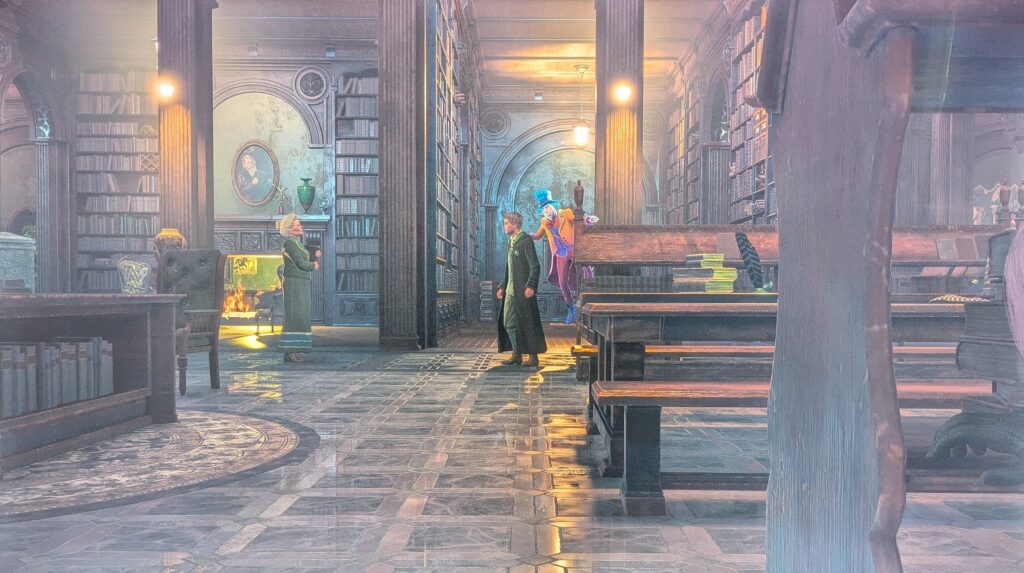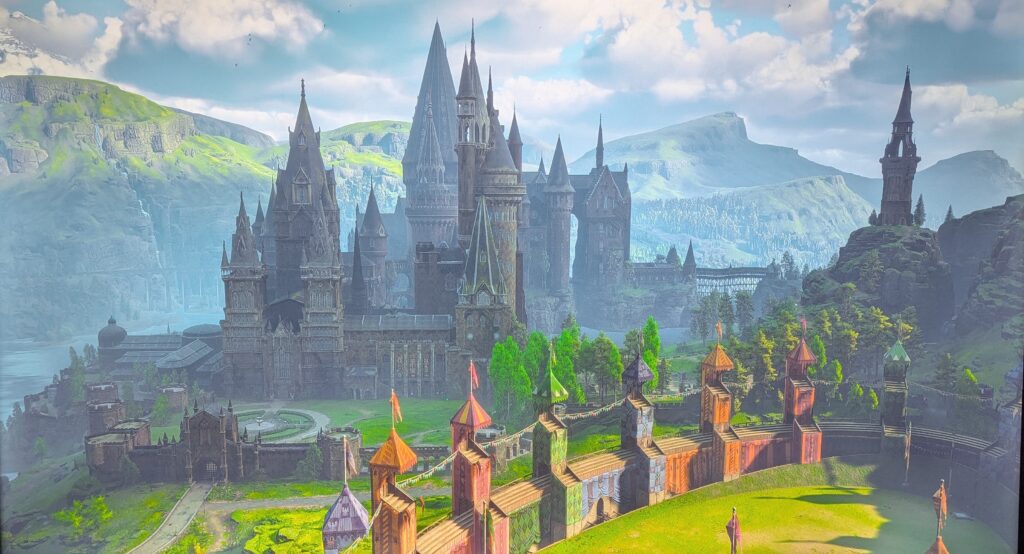Janet is a robot. I’m not sure she can have an Enneagram. It takes us a while to learn that she grows and changes with every reboot. The love she finds in one iteration carries over to future versions of Janet. That suggests that she will indeed have a personality type. Her character arcs.
However, what Type does she fall into? She doesn’t fit any of the general categories of Head, Heart, or Body. I refuse to count her computer brain as a Head Type reaction. Her willingness to pop in and help anyone in the community is not a Heart Type reaction; it’s her programming.
Characters who end up a Null because they were badly written do happen. However, characters who are purposely written as a Null — I discuss Bishop from Aliens as a deliberate Null in my book — are interesting. It’s harder than it sounds to write someone who fits no Enneagram.
Was this the right choice for Janet? The first android in Alien, Ash, is not a Null. A robot is not automatically devoid of a personality type. Janet is a wonderful character, beautifully portrayed. I wonder, though, if an Enneagram might have opened up possibilities in the later seasons when the show isn’t as sharp as it is in One and Two. A Body Type, especially for a robot that needs no physical expression to do her job, could’ve been intriguing.


